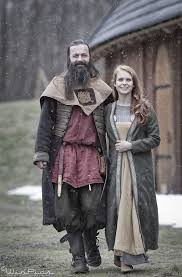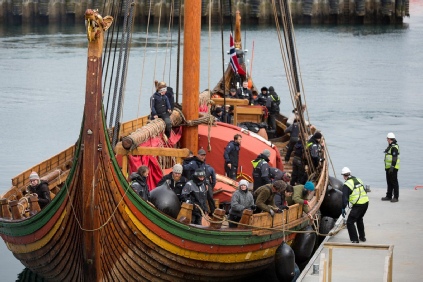
In the First Helgi-
“The radiant prince, but one night old, yet with the flashing eyes of a hero, and birnie-
"Odin rides first with the gold helmet and a fair birnie, and his spear, which is called Gungnir".
“the viking lord of Ireland and his birnies", etc.
The Nordic influence and settlement over Northern Europe was really quite extensive. Scotland was no exception, with the outer Islands and coast line absorbing the Nordic expansion. And the surviving Nordic prose does contain many references to Birnie shirts, and then named Birnies throughout Norwegian literature.
Gradually, over time, these “knights” who wore a Birnie, were referred to as Birnies (a similar name evolution as 'Smith', or 'Baker'). The name of Birnie was retained by these knights even as these shirts evolved to include the use of metal breast plates and armour. In "old Irish" Gaelic, we find a Birnie translated as a "knight in shinning armour", and not surprisingly, we find a Birnie knight involved in the unification of Scotland under King Kenneth I.
But, remember, this was an age when knights were warriors and mercenaries, not the "knighted" social awards of today. The Norse birnies were usually senior warriors charged with the protection of their lord. The few that survived earned the tradition of receiving land grants & freedom from military service.
So, there may be a tiny grain of truth in the story that John Birnie later presents in support of his claim to become Lord Hamilton. His history suggests the village south of Elgin did adopt the name Birnie (Brennach, etc.) after being ceded to a Birnie knight. John Birnie’s version of our family history may have an interesting grain of truth, regardless it’s a good read!


Scotland eventually had one of the biggest “Viking” fleets. And the Nordic settlements blended in as trading and farming communities.

